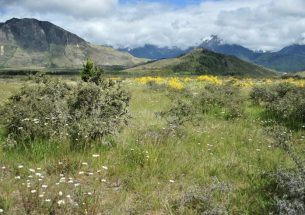News and Opinion
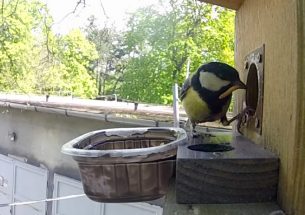
Lack of insects in cities limits breeding success of urban birds
READ MORE about Lack of insects in cities limits breeding success of urban birds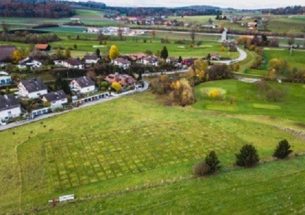
How does an increase in nitrogen application affect grasslands?
READ MORE about How does an increase in nitrogen application affect grasslands?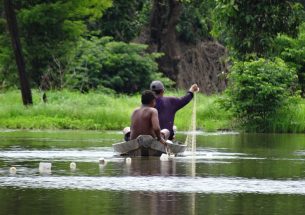
Poor Amazonians go hungry despite living in one of the most biodiverse places on Earth
READ MORE about Poor Amazonians go hungry despite living in one of the most biodiverse places on Earth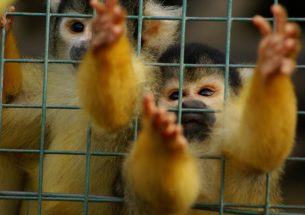
Applied ecology in times of COVID-19
READ MORE about Applied ecology in times of COVID-19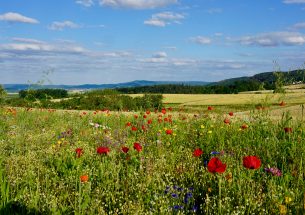
More taxpayers’ money for the environment and public benefit
READ MORE about More taxpayers’ money for the environment and public benefit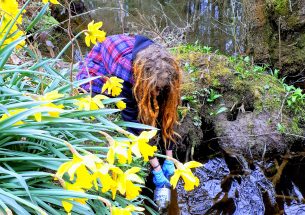
Fishing for Mammals: How DNA from rivers could revolutionise mammal detection on land
READ MORE about Fishing for Mammals: How DNA from rivers could revolutionise mammal detection on land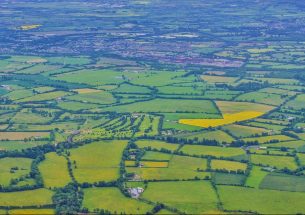
Smaller fields and diversified crops can help spontaneous plants to make a comeback, even in the middle of fields
READ MORE about Smaller fields and diversified crops can help spontaneous plants to make a comeback, even in the middle of fields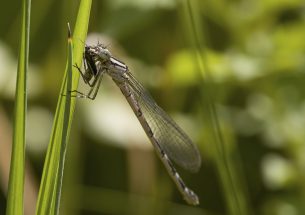
Dragonflies are efficient predators that consume hundreds of thousands of insects, locally
READ MORE about Dragonflies are efficient predators that consume hundreds of thousands of insects, locally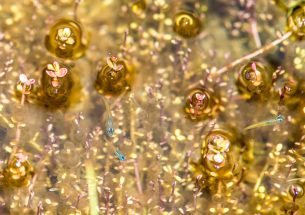
Conservation translocation: trade-offs for species survival and biodiversity
READ MORE about Conservation translocation: trade-offs for species survival and biodiversity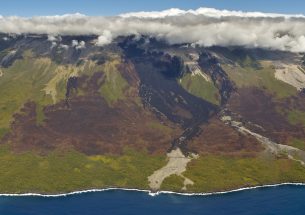
Lava flows tell 600-year story of biodiversity loss on tropical island
READ MORE about Lava flows tell 600-year story of biodiversity loss on tropical island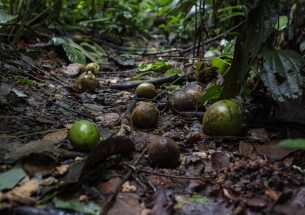
Amazon forest disturbance is changing how plants are dispersed
READ MORE about Amazon forest disturbance is changing how plants are dispersed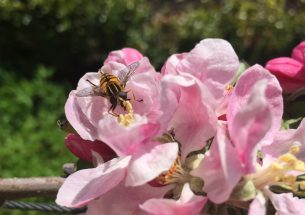
Call for policy makers to protect pollinators
READ MORE about Call for policy makers to protect pollinators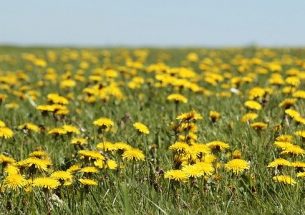
Why the British Ecological Society President mows round the dandelions in her lawn
READ MORE about Why the British Ecological Society President mows round the dandelions in her lawn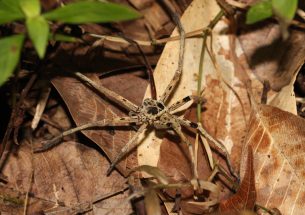
Global study finds predators are most likely to be lost when habitats are converted for human use
READ MORE about Global study finds predators are most likely to be lost when habitats are converted for human use